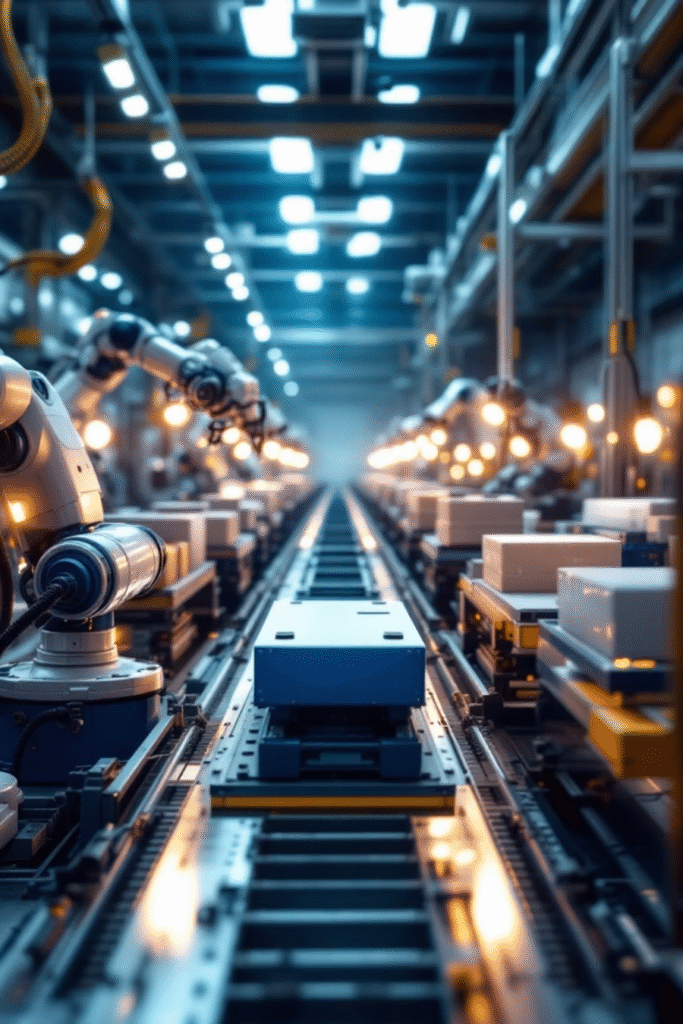
Brief description
Additive manufacturing, also known as 3D printing, involves the layer-by-layer deposition of material only where it is needed to produce parts. This approach fundamentally expands the possibilities of product design. It enables the creation of ultra-complex geometric shapes and internal structures that cannot be manufactured using traditional methods, or which would be economically impractical to produce using conventional techniques.
Benefits for the customer

Design freedom
3D printing makes it possible to design lightweight parts of virtually any complexity, with internal cavities and lattice structures, and with multiple functions integrated into a single component. What previously required assembly from many parts can now be manufactured in a single cycle, reducing the risk of errors and simplifying production.
Rapid prototyping
The product development cycle is accelerated significantly — from digital model to physical prototype in a matter of days or hours. This enables new ideas to be tested quickly and changes to be made without incurring the costs of tooling and moulds.
Customisation without cost increase:
Each object can be printed with unique parameters without the need to change equipment, which is ideal for personalised products. Make-to-order production reduces the need for inventory — parts are manufactured exactly when needed.
Minimal waste:
Material is consumed strictly according to the part design, so there are no excess offcuts or swarf as there would be with milling or casting. As a result, waste is minimised and production becomes more environmentally friendly.
Advantage for small batches:
Additive manufacturing is economically efficient for small-batch and one-off production. The absence of tooling and changeover costs ensures that the unit cost of small batches remains competitive.
Variety of materials:
Modern equipment supports printing with a wide range of materials, including plastics (PLA, ABS and engineering polymers), flexible silicones and metals (titanium, aluminium, steel, alloys and precious metals). This opens up the application of 3D printing to the aerospace, medical and automotive industries, among others.
The implementation of autonomous transport in manufacturing (AGV/AMR)

Role of the team
• Development of optimal designs: Engineers design products that take into account the capabilities of 3D printing, such as being lightweight and strong with a topologically optimised form, while maintaining the required functionality and minimising material consumption.
• Materials research: The team selects and tests materials for printing, ranging from high-strength thermoplastics to metal powders and composites. The team studies how materials behave during layer-by-layer deposition, including shrinkage, porosity and the occurrence of residual stresses, and improves formulations to enhance product quality.
• Process simulation: Using numerical modelling (e.g. the finite element method and CFD), scientists simulate the printing process and the subsequent cooling of parts. This enables possible deformations or defects to be predicted before physical manufacturing begins, allowing the digital model to be adjusted in advance. • Integration into production: Specialists develop technologies for incorporating additive processes into existing production chains within enterprises. They take into account the post-processing stages of printed parts (e.g. cleaning, grinding and heat treatment) and quality control methods, ensuring that 3D printing complements traditional operations seamlessly.

Implementation in practice
The introduction of 3D printing to an enterprise begins with the selection of a pilot project. In collaboration with the customer, parts or assemblies are identified that would benefit most from the advantages of additive technology (for example, complex shapes or small series). Next, designers adapt the design of these parts for 3D printing by combining several functions into one component and optimising the internal geometry to save material. A trial batch is then produced on an industrial 3D printer using the selected material. The finished samples undergo comprehensive testing, including dimensional inspection, strength testing and analysis of the structure. If the results are satisfactory, the new technology is introduced into the series production process. A printing schedule is drawn up and the necessary post-processing organised, such as support removal and surface finishing. Personnel are also trained to operate the additive manufacturing equipment. As a result, the enterprise receives a customised 3D printing section that is integrated into the overall technological cycle.
